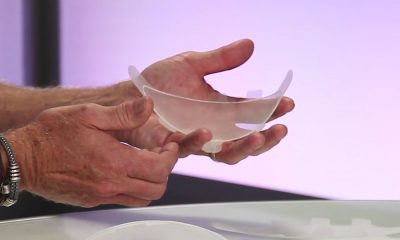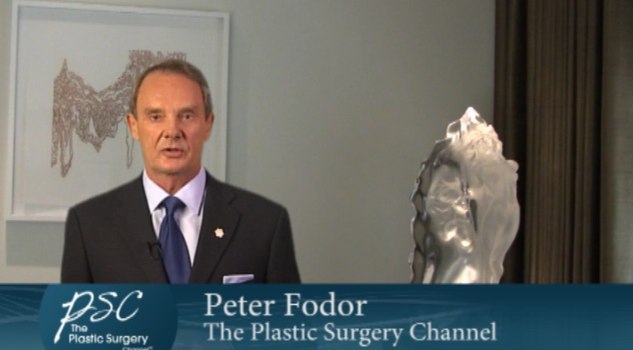Plastic surgery can’t allow the blind to see, but it can now give the ability to blink back to those who have lost it.

Surgeons at the University of California-Davis Medical Center have developed a new technique involving synthetic muscle that may help patients restore their eyelid movement. Doctors used a device called an eyelid sling mechanism that creates a blinking action with help from artificial muscle constructed from electrode leads and silicon polymers.
The surgeons used titanium screws to attach a miniature fabric sling to the small bones of the eye on cadavers. This sling was attached to a small amount of battery-powered artificial muscle, which moved the sling and created a blinking movement over the eye surface. The material behaves like human muscle, swelling or contracting based on the amount of power behind it.
“This is the first-wave use of artificial muscle in any biological system,” said Dr. Travis Tollefson, a facial plastic surgeon in the UC Davis Department of Otolaryngology – Head and Neck Surgery, a lead researcher in the study of alternative methods for eyelid rehabilitation in permanent facial paralysis. Officially, the approach is known as electroactive polymer artificial muscle, or EPAM.
Although there are currently other treatments for eyelid paralysis, they are more time-consuming, with uneven results. One approach involves a muscle transfer from the leg to the face – which can take up to 10 hours of surgery and be a harsh undertaking for some patients. The other approach requires surgeons to fuse a small weight inside the eyelid, which uses gravity to close the eyelid. This technique works well, but creates a blinking rhythm that is slower than the patient’s other eye.
Overall, EPAM appears more promising. Based on the general success of the demonstration, scientists at UC Davis feel they may be able to control various parts of the body by way of powered synthetic muscles, if necessary.
The study results were recently published in the January-February issue of the Archives of Facial Plastic Surgery.







Facebook
Twitter
Instagram
YouTube
RSS